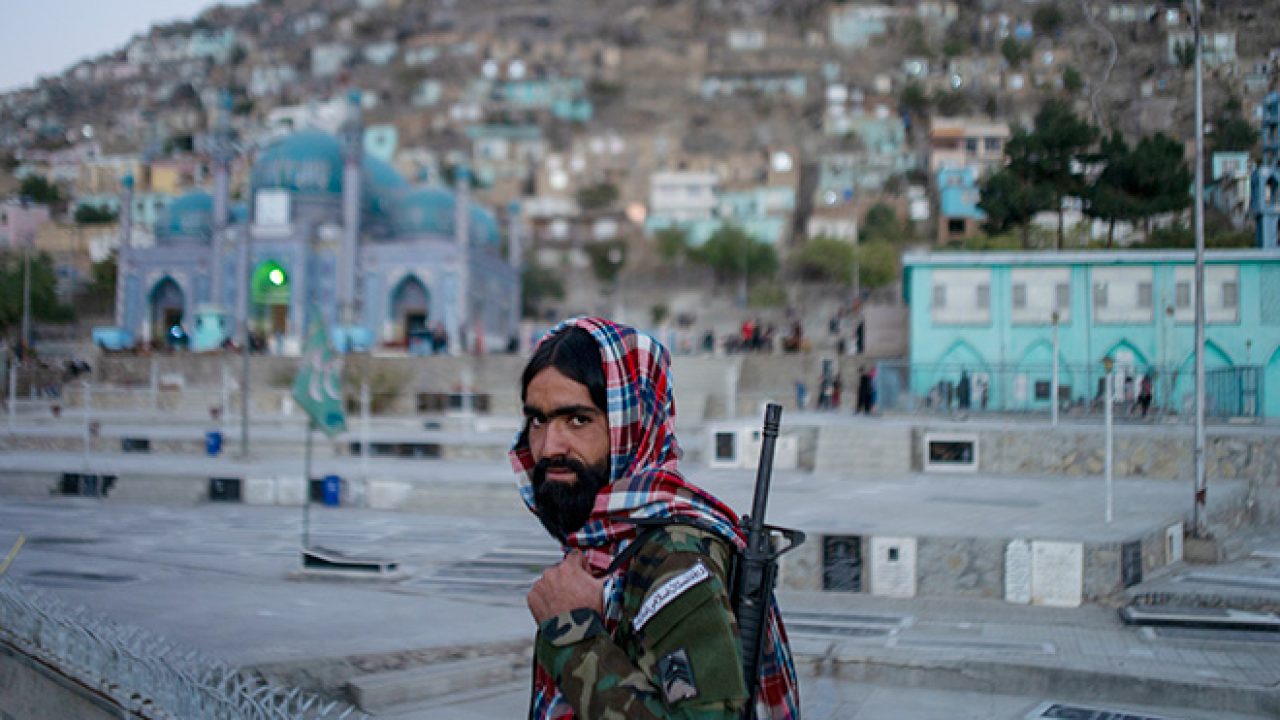
Ten point plan to engage with Afghanistan
Taliban may have to sever its links with all terror outfits if development and economic activity has to return. India can play its positive part
K.A.Badarinath
Afghanistan is in the vortex of terror. If Afghanistan former intelligence chief Rahmatullah Nabil was to be believed the country is housing most terror groups including Jaish e Mohammad (JeM) and Lashkar e Toiba (LeT) that have been operating in collaboration and partnership with Islamabad based Inter-Services Intelligence (ISI), dreaded spy arm of Pakistan.
All of them have had targeted Indian with help of technology and territory to create havoc in India with an intent to create instability. Shifting bases to Afghanistan would not have had happened without Taliban partnership and consent.

Fourth aspect to this terror vortex is Islamic State (ISIS) through its affiliate in Khorasan Province have had accentuated the terror activities in South Asia. Given that the caliphate has virtually collapsed both in Iraq and Syria, ISIS seems to shifted bases too with large centrifuge in Afghanistan. Blow hot, blow cold relationships between different groups of ISIS and Taliban have only turned the South Asia peace situation more volatile.
Al Qaeda is yet another significant player in Afghanistan that’s going through the churn. Let’s not forget that Al Qaeda leader Ayman Al Zawahiri would not have operated out of Kabul without active partnership with Taliban before the deadly US drone neutralized him.
Another angle to this terror vortex is the innovative financing models evolved by these outfits that involve drug trade and money laundering apart from access to drones to undertake targeted operations.
When Central Asian intelligence chiefs and security advisors from Kyrgyztan, Tajikistan, Turkmenistan and Uzbekistan met in New Delhi on Tuesday with their Indian counterparts, Afghanistan turning vortex of terror seems to have been analysed at depth.
Unless funding channels are cut off, money laundering curbed, drug trade busted and Taliban dissociates itself from outfits of different shades and hues, peace in India’s extended neighbourhood becomes a far cry.
Notwithstanding this grim assessment of Afghanistan by the national security advisors and secretaries of security councils, India seems to have taken calculated risk in resuming work on re-building the infrastructure destroyed by United States in the process of its withdrawal.
About 20 such projects that were in various stages of implementation and stalled while Taliban took charge of Afghanistan’s governance will be resumed, going by reports.
While India does not recognize the Afghanistan government led by the Taliban, its willingness to partner with the country’s people only speaks volumes.
While the entire Indian community got driven out of Afghanistan majority of them Sikhs moved out of the country after terror returned following Taliban’s takeover.
Barring a few working hands and those keeping guard of Gurudwaras as well as temples, Afghanistan has virtually turned alien to Indians that enthusiastically partnered earlier in the country’s development.
Though the ride is bumpy in normalizing relations between Afghanistan’s Taliban and India, economic and development issues would become central to the process that’s painstaking and slow.
Even if India moves forward with its development plan for Afghanistan, most intelligence buffs scoff is that New Delhi should not lower its guard anytime soon.
First step before resumption of infrastructure projects development, India will have to ensure that Taliban provides a security cover to its engineers, professionals and companies.
Secondly, there’s no guarantee that Pakistan will be a mute spectator to India going about methodically to implement stalled Afghanistan projects. Playing foul is in the nature of Pakistan strategists, military establishment and intelligence sleuths that need to be tackled big time. Getting life insurance cover for such an eventuality should be precursor to engagement with Taliban.
Thirdly, keeping a tight watch on terror financing in the region would be a big nightmare for the global community having stakes in peace, stability and development of Afghanistan.
Fourthly, US President Joe Biden and his security establishment will do well in supporting India’s ‘soft move’ to pursue projects in Afghanistan to generate employment as well as rebuild basic infrastructure.
Fifthly, LeT, JeM, ISIS, Al Qaeda and ISI apart from other terror mongers will have to be kept at bay by Taliban if peace and progress has to return to hapless Afghanis.
Sixthly, opening trade routes to central Asia will be one way of attracting investments to the country living on crumbs thrown by aid agencies.
Seventhly, restoring confidence of Indians especially the large Sikh community to return and live as part of volatile Afghani society is tough but doable way to sustainability.
Eighthly, apart from China and Russian diplomatic core, not many have returned to Afghanistan. It can start with India resuming consular operations, flights and connectivity.
Ninthly, mobilizing Central Asian neighbours involvement would be in Afghanistan’s interests in development and reviving negligible economic activity in terror torn country.
Tenthly, keeping away from ISIS, Pakistani terror outfits and intelligence agencies would work for others also.

